Pt. Jitendra Abhisheki: A Versatile Musical Genius
- Bhushan Toshniwal | toshniwalbhushan054@gmail.com
Pandit Jitendra Abhisheki was a walking encyclopedia of various forms of music, which helped him not only as a performer, but also to become a great Guru, Author, and Music director. His mastery of various genres of music right from Khayal singing (in both common and rare Ragas), to folk songs like ‘Gomu Maherla Jaate’, is a rarity among classical musicians.
Lifelong Zest for learning
Panditji always thought of himself as a student of music. Pandit Bhimsen Joshi says, “often, a disciple, along with the strengths of a Guru, also copies his week-nesses as well. For example, a musician had asthma, so he would cough in between his singing. Seeing this, his disciples also started coughing. But Panditji, in spite of learning from many Gurus, inculcated all that was good in each of them.” even when he was a top-notch singer, he would go to learn from Shri Gulubhai Jasdanwala, an artist of Jaipur Gharana. For a month every year, he would go to learn from a renowned artist in Kolhapur, canceling all his programs.
Whenever he heard a new Bandish, he would ask its renderer (irrespective of whether he was an upcoming or a famous artist), to teach him the same. In this way, he gathered a vast repertoire of many Bandishes, Ragas, and lighter songs like Thumris, etc. he would often render these in his own concert and would pass on the same to his own disciples. Pandit Ramashraya Jha, a great Vaggeyakara, always owed the popularity of his own Bandishes to Panditji.
Unique Voice culture
Panditji had lost his voice at a very young age, due to some illness, but with super-human efforts, he revived it and made it highly emotive. Every day, he would practice various Alankars, Paltas in all the That’s, for hours. While practicing these, he would also focus on how the same Palta would sound good in Various Taals like Ektaal, Teentaal, Jhaptaal, and Rupak. for most people, if they heard an unconventional voice, they would immediately label it as a voice, not useful for music. on the contrary, Panditji would help the person to discover the strengths of his voice, and build on them. Panditji often said that not having a good voice, is a blessing in disguise, as the person would focus even more on factors like how to sing a note, how to pronounce the words, how to bring emotions in music, etc. This great knowledge of sound also helped him in selecting the artists for his compositions.
An engaging Concert artist
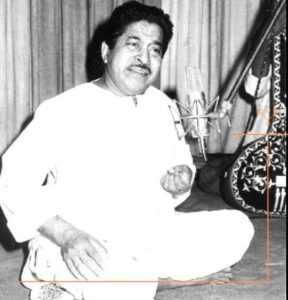 There are 3 stages to getting mastery in music Viz. learning the technique, mastering the technique, and transcending the technique. Panditji learned from Gurus of Various Gharanas, meditated on those teachings, and developed his own unique style, which transcended the boundaries of a particular Gharana. In other words, he not only imbibed beauty from all Gharanas but also gave it his own special touch. Along with singing common Ragas like Yaman, Miyan Malhar, Bhimpalas, Madhuvanti, Marwa, Puriya, Todi, etc. Panditji was equally efficient at rendering un-common Ragas like Bhairav Bhatiyar, Anand Bhairav, Devta Bhairav, Khat Todi, Madhu Ranjani, Salag Varali, Amrutavarshini, HariKauns, Triveni, Dhuliya Sarang, Badhhams Sarang, Swanandi, among others. He would present an unknown Raga, and would make it sound as if the listener is very familiar with it.
There are 3 stages to getting mastery in music Viz. learning the technique, mastering the technique, and transcending the technique. Panditji learned from Gurus of Various Gharanas, meditated on those teachings, and developed his own unique style, which transcended the boundaries of a particular Gharana. In other words, he not only imbibed beauty from all Gharanas but also gave it his own special touch. Along with singing common Ragas like Yaman, Miyan Malhar, Bhimpalas, Madhuvanti, Marwa, Puriya, Todi, etc. Panditji was equally efficient at rendering un-common Ragas like Bhairav Bhatiyar, Anand Bhairav, Devta Bhairav, Khat Todi, Madhu Ranjani, Salag Varali, Amrutavarshini, HariKauns, Triveni, Dhuliya Sarang, Badhhams Sarang, Swanandi, among others. He would present an unknown Raga, and would make it sound as if the listener is very familiar with it.
He believed that, just by labeling a Raga as an uncommon one, we make it even more difficult. On the contrary, if we can transcend its grammar and present it with its full aesthetic, it would appeal to the audience. He always made it a point that the accompanist and the audience should be able to identify the raga from the first note itself. He said, “the Shruti of Nishad in Ragas Yaman, Bihag, Maru Bihag, Puriya, and Madhuvanti, are different from each other. So, when you sing the Nishad, you should be mindful of what Raga you are singing, and sing it accordingly”. He believed that the Raga has certain rules, which should not be viewed as restrictions but should be used as guidelines to project its aesthetics.
While most of his concerts would be planned, he could even change it on the spot. He would plan his concerts in such a way that, the listener would always be anticipating and interested to listen to the next item. His concerts would include various forms like Khayals, Thumris, Natyageets, Bhavgeets, Bhajans, etc. he would say that “when you sing Khayal, you should focus on the Raga itself. You should not only render the Raga, but you yourself should become the Raga, and also make your audience the same. While presenting forms like Thumri, and Natyageets, you should focus on the Raga, and the Bhava of the poem, and while you sing a Bhavgeet, your focus should be only on the poem, and how you can give justice to its words”. Even in Khayals, Panditji’s words pronunciation would be extremely clear. He always thought that there is good poetry in classical music also, and it should be presented aesthetically.
Panditji always focused to give something new to his audiences. Once he had to perform in Malhar Mahotsav. In order to perform something different in it, he canceled all his previous assignments, and worked on some non-traditional types of Malhar, for a few months. he would always be the last performer in the prestigious Savai Gandharva Mahotsav, but he never ever sang something, which he had sung in earlier years.
Multi-dimensional composer
Panditji composed music for various Marathi musical plays, and also tuned many Marathi, and Konkani Bhavgeets, Abhangs, Bhajans, and Urdu Ghazals. Besides, he also composed many Bandishes, with the pen name Shyamrang. Along with music, he had a great interest in literature and was extremely fluent in various languages like Sanskrit, Urdu, Portuguese, Marathi, and Konkani. Along with classical music, he was well versed with other forms of music, including western music. this all-around knowledge helped him to compose music (especially in music plays), for various situations.
The best example of this is the song “Ghei Chand” in the play ‘Katyar Kaljyat Ghusali’, which he tuned differently for 2 different Characters. Along with the use of traditional Ragas like Yaman, he also used rare Ragas like Salag Varali, Amrutavarshini, Marubihag, Puriya Kalyan etc. in his compositions. Even when used foreign notes (which are not in the actual Raga), they would give a different aesthetic to the composition.
Smt. Asha Khadilkar tells a story. “I was playing the role of Sita, in a Marathi play. In this play, there is a song called ‘Leu Kashi Walkala’. If you read the song, it appears that it should be set to Keherwa Taala, an 8-bit cycle. But Panditji effectively set it to Jhaptal, a 10-bit cycle.” In the song Deva Gharche Dnyat Kunala (Raga Yaman), he has kept the Sam on the note Ma (Ma is not an important note in Yaman), which is very effective.
Even in his Bandish, along with the Raga, his literature knowledge would be reflected, as he would use a lot of Sanskrit words. Many of his Bandishes are in Jhaptal and start from various different bits, instead of the traditional 1st or the 6th bit. He only composed Bandishes, when he wanted to present some new musical thought, or if he did not have a Bandish in a Raga, which he wanted to present.
Great Guru, and music propagator
Panditji taught many students in the traditional gurukul system, without charging any money. He would always say that “one who teaches through his actions, is a true Guru.” He would himself get up at 4-o-clock in the morning to practice so that his disciples would also do the same. If he told the disciple to sing something 50 times, he would himself sing it 50 times, along with the disciple. He believed that, if you have good taalim from 1 Gharana, it is then easy to understand the beauty of other Gharanas and learn from it. When he taught a Raga to a disciple, he would tell the disciple to listen to the same Raga, rendered by other artists, and increase his knowledge. According to our scriptures, a Guru is one who helps the disciple in self-discovery. Panditji did this with each of his disciples. He always thought that, since each person has his own physical, mental and intellectual existence, the singing of each person should be unique to himself. Panditji would use a lot of Akaar in his Aalaps, but if the disciple’s voice sounded good in Akaar, Panditji would tell him to sing in Akaar itself. He would tell disciples not to imitate him, but to carry forward his musical knowledge, in their own way.
Panditji was always helpful to both upcoming and senior artists. He would see to it that, his disciple should not face any financial difficulties when he did a career in music. He would go to various villages to promote classical music, so that, new artists would have audiences there. He encouraged people to form music circles, and would himself perform free of charge for them.
Conclusion
Panditji’s great contribution to music, as a performer, composer, and Guru would be cherished forever.


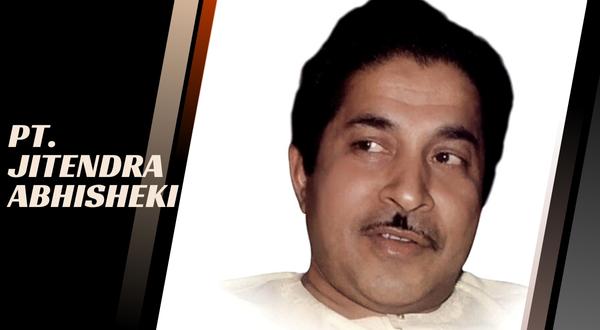
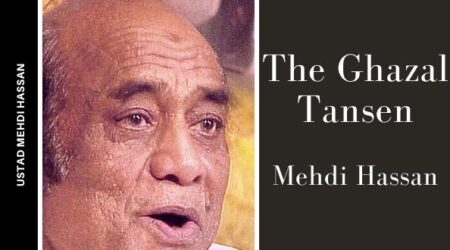
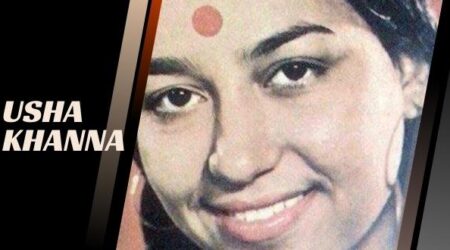
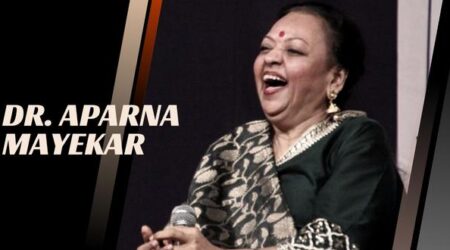
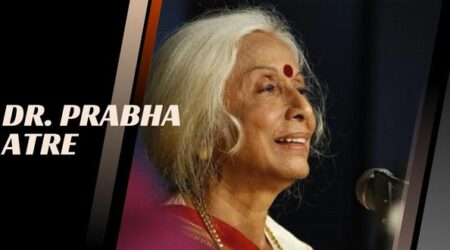
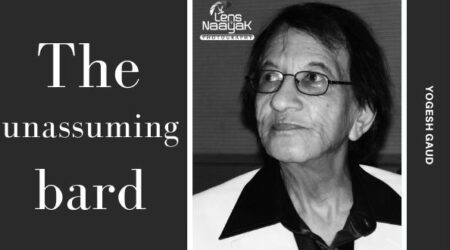
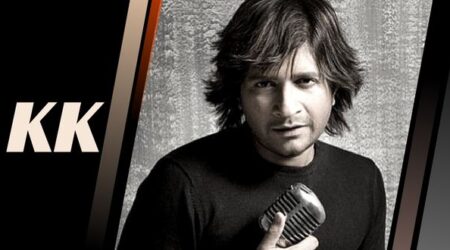
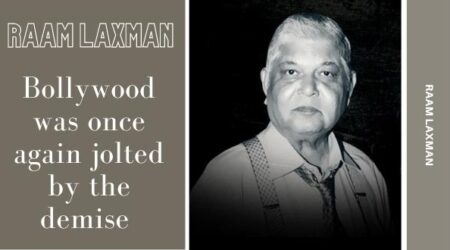
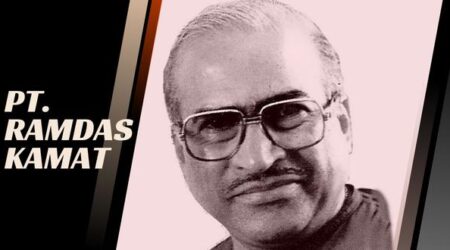
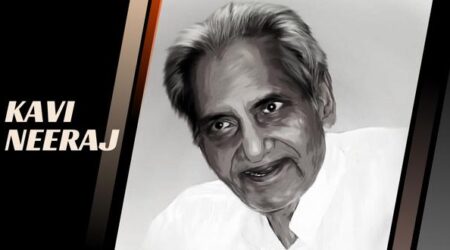
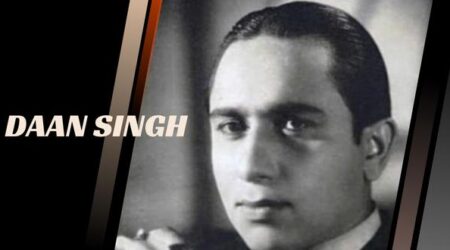

Leave a Reply